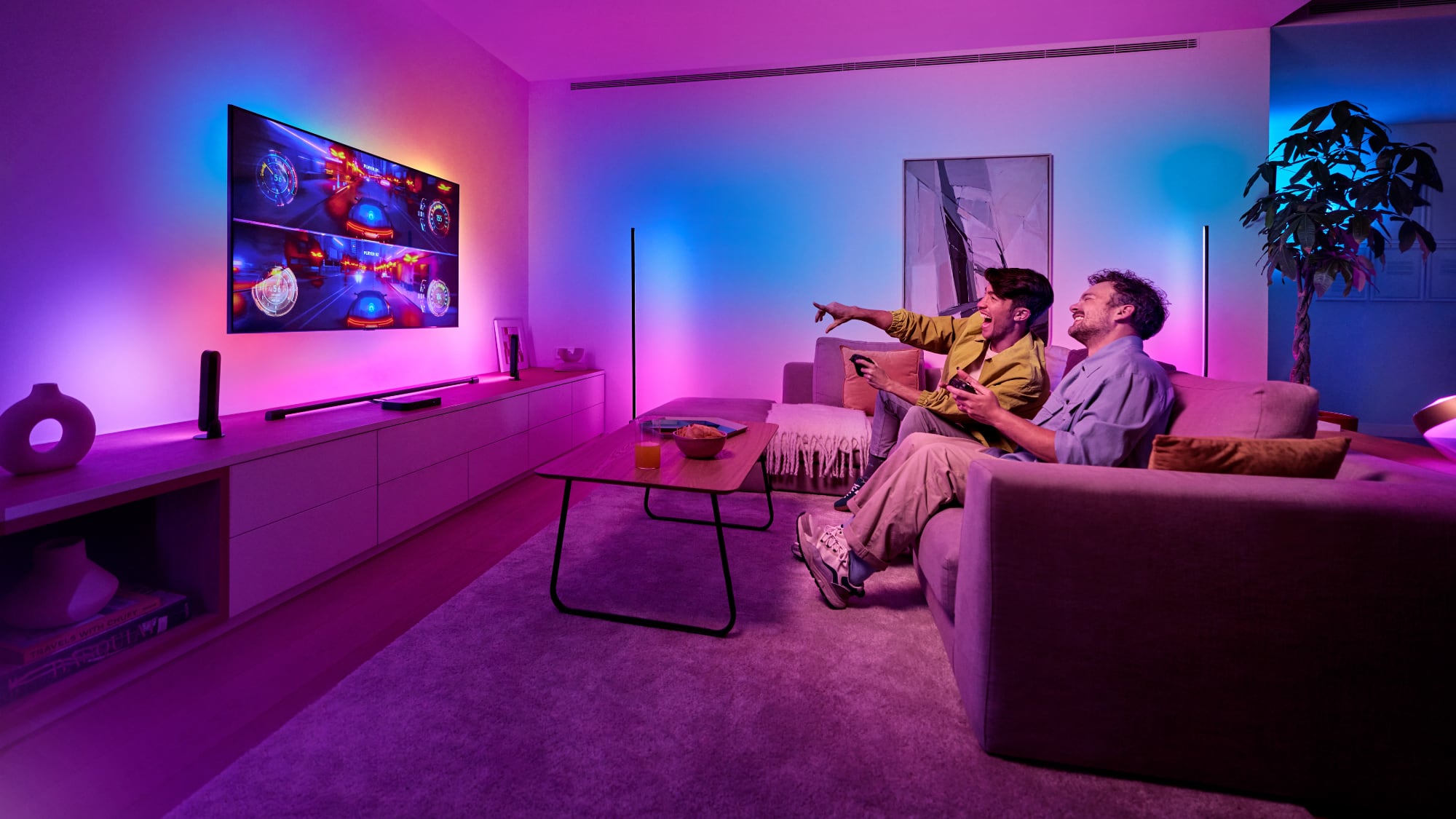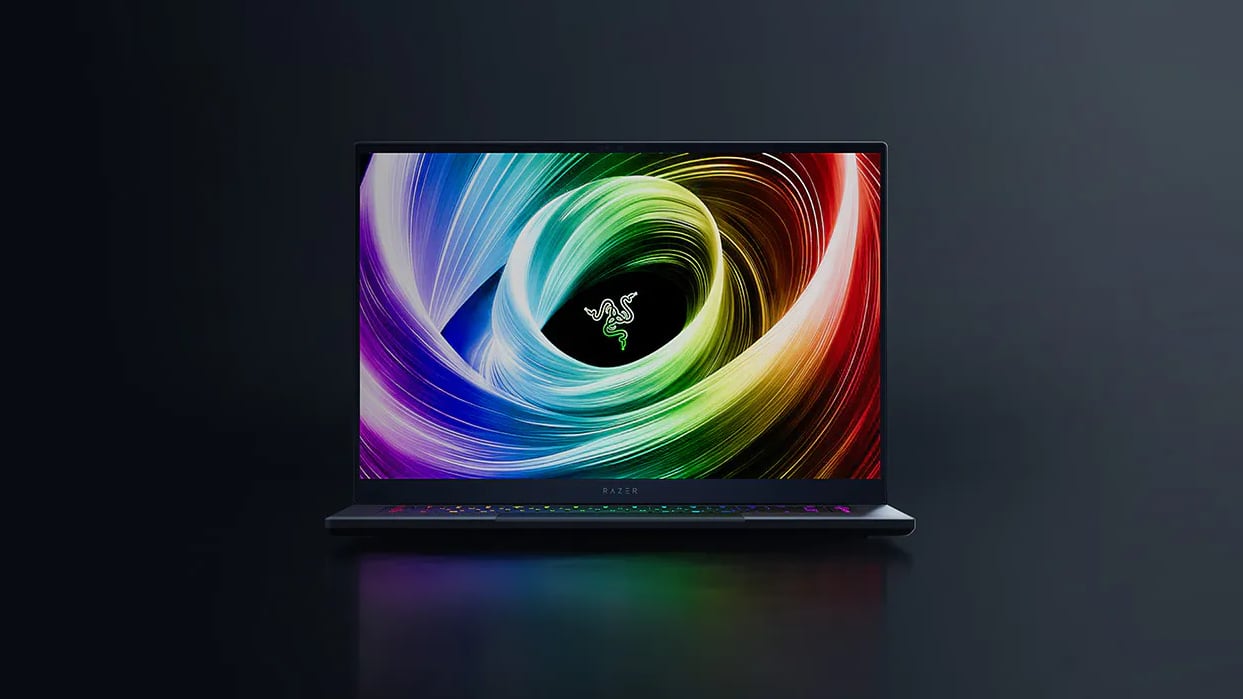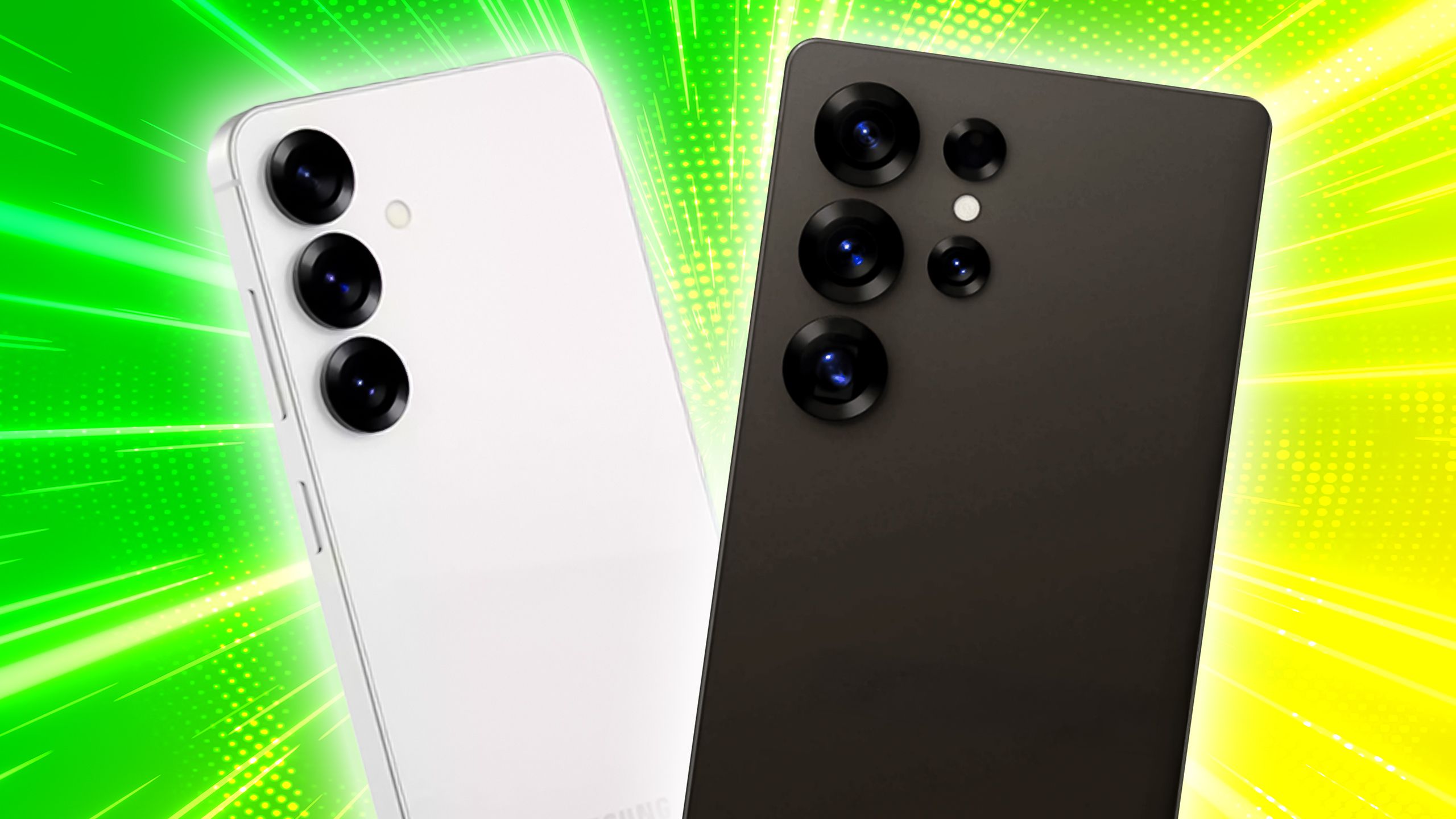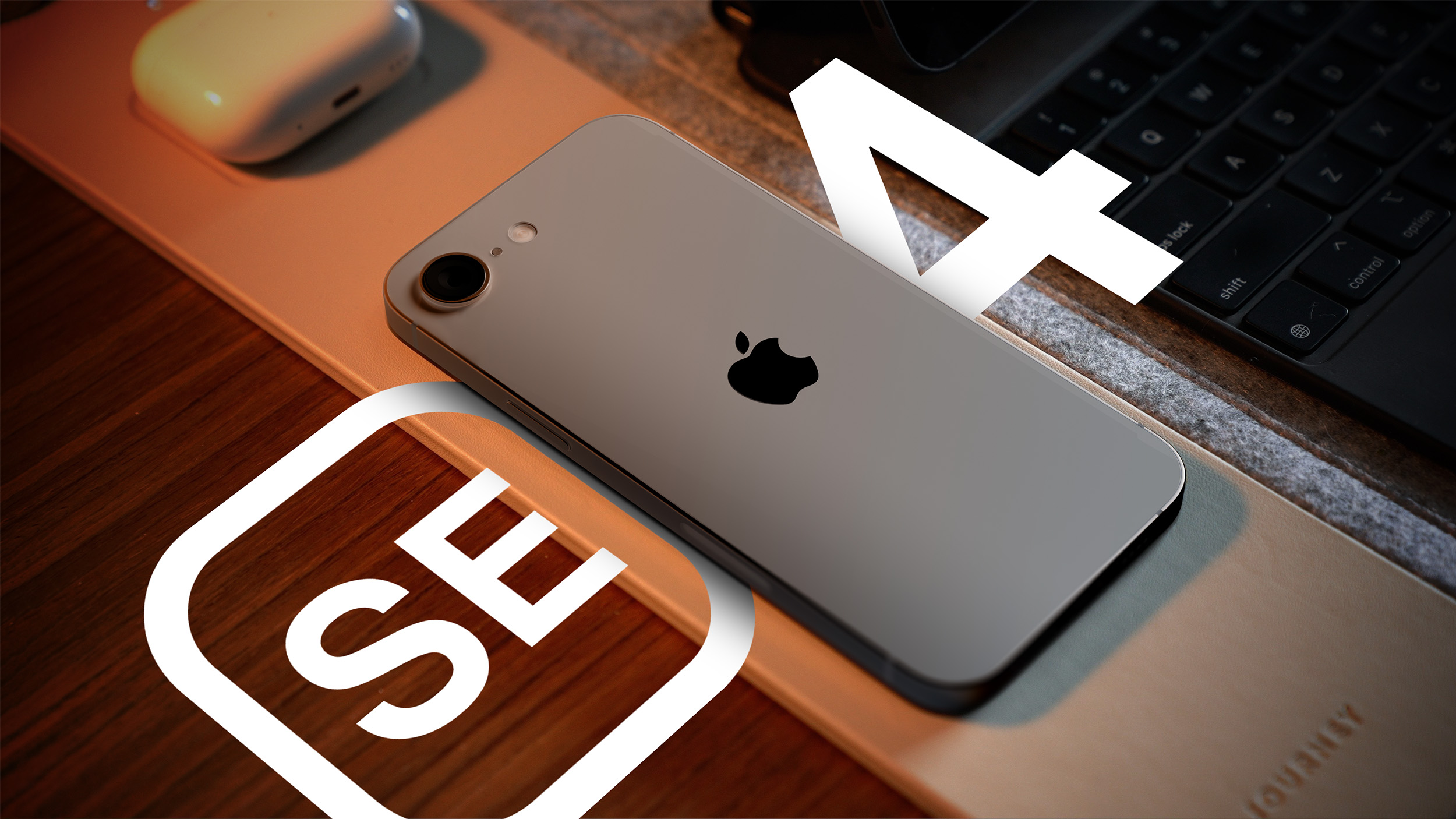Apple confirms acquisition of AR startup Mira: What this means for its spatial computing dreams
Apple has confirmed the acquisition of Mira, a Los Angeles-based startup that makes AR headsets for the US military and other firms. The Verge reported citing an Instagram post from the private account of Mira’s CEO and people familiar with the matter.
“Apple buys smaller technology companies from time to time, and we generally do not discuss our purpose or plans,” Apple said in a statement to The Verge.
The amount Apple paid for Mira’s acquisition, which had raised around $17 million in funding, is unknown. However, it is worth noting that Jony Ive, who used to be Apple’s design head, advised the startup at some point.
The news comes a day after Apple announced its Vision Pro at WWDC 2023, which is a $3,499 (Rs 2,89,000 approximately) mixed reality headset for ‘spatial computing’ system. The launch of this device has brought Apple into direct competition with Meta, which dominates the AR market.
About Mira
Mira was founded by Ben Taft in 2016 and became popular for its easy-to-use and light devices. The company first aimed at consumers but later shifted to industrial uses. Before the acquisition, Mira was working with the US military and it is still not clear whether Apple will continue Mira’s military contract, which includes contracts with the US Air Force and Navy.
Mira also works with Nintendo World, which uses its AR headsets for the Mario Kart ride at its theme parks in Japan and Los Angeles Universal Studio. Its headset displays virtual characters and items from the game as the ride progresses.
Apple Vision Pro
The Apple Vision Pro has a design that features a single piece of glass that is shaped and coated to create a lens for the many cameras and sensors that mix the real world with digital content. The glass connects to the custom aluminum alloy frame that wraps around the user’s face. The company says that the modular system allows a customized fit for different people.
The headset has Light Seal that is a soft fabric, and comes in different forms and sizes, bending to fit the user’s face accurately. At the back, it has flexible straps, which keep the audio near the user’s ears, while a Head Band, which comes in various sizes, is knitted as one piece to provide comfort, airiness, and elasticity. This band is fastened with a simple device, making it easy to switch to another size or type of band.
What this means for Apple’s spatial computing dreams
As mentioned before, the acquisition announcement comes just two days after the company announced its first mixed reality headset — something Apple has been working on for years now. Acquiring Mira could provide a major boost to the company’s plans of improving the headset and making spatial computing a part of the mainstream market the way it did with iPhone and mobile computing in 2007.
Mira has already worked with the US military and Nintendo. Learning from these deals could provide the company with much needed learnings that would not only help Apple to improve the real-life use cases of the device but also improving the gaming features and functionalities. That said, it remains to be seen what exact changes this acquisition will bring to Apple’s spatial computing platform.
The post Apple confirms acquisition of AR startup Mira: What this means for its spatial computing dreams appeared first on Techlusive.

Apple has confirmed the acquisition of Mira, a Los Angeles-based startup that makes AR headsets for the US military and other firms. The Verge reported citing an Instagram post from the private account of Mira’s CEO and people familiar with the matter.
“Apple buys smaller technology companies from time to time, and we generally do not discuss our purpose or plans,” Apple said in a statement to The Verge.
The amount Apple paid for Mira’s acquisition, which had raised around $17 million in funding, is unknown. However, it is worth noting that Jony Ive, who used to be Apple’s design head, advised the startup at some point.
The news comes a day after Apple announced its Vision Pro at WWDC 2023, which is a $3,499 (Rs 2,89,000 approximately) mixed reality headset for ‘spatial computing’ system. The launch of this device has brought Apple into direct competition with Meta, which dominates the AR market.
About Mira
Mira was founded by Ben Taft in 2016 and became popular for its easy-to-use and light devices. The company first aimed at consumers but later shifted to industrial uses. Before the acquisition, Mira was working with the US military and it is still not clear whether Apple will continue Mira’s military contract, which includes contracts with the US Air Force and Navy.
Mira also works with Nintendo World, which uses its AR headsets for the Mario Kart ride at its theme parks in Japan and Los Angeles Universal Studio. Its headset displays virtual characters and items from the game as the ride progresses.
Apple Vision Pro
The Apple Vision Pro has a design that features a single piece of glass that is shaped and coated to create a lens for the many cameras and sensors that mix the real world with digital content. The glass connects to the custom aluminum alloy frame that wraps around the user’s face. The company says that the modular system allows a customized fit for different people.
The headset has Light Seal that is a soft fabric, and comes in different forms and sizes, bending to fit the user’s face accurately. At the back, it has flexible straps, which keep the audio near the user’s ears, while a Head Band, which comes in various sizes, is knitted as one piece to provide comfort, airiness, and elasticity. This band is fastened with a simple device, making it easy to switch to another size or type of band.
What this means for Apple’s spatial computing dreams
As mentioned before, the acquisition announcement comes just two days after the company announced its first mixed reality headset — something Apple has been working on for years now. Acquiring Mira could provide a major boost to the company’s plans of improving the headset and making spatial computing a part of the mainstream market the way it did with iPhone and mobile computing in 2007.
Mira has already worked with the US military and Nintendo. Learning from these deals could provide the company with much needed learnings that would not only help Apple to improve the real-life use cases of the device but also improving the gaming features and functionalities. That said, it remains to be seen what exact changes this acquisition will bring to Apple’s spatial computing platform.
The post Apple confirms acquisition of AR startup Mira: What this means for its spatial computing dreams appeared first on Techlusive.







